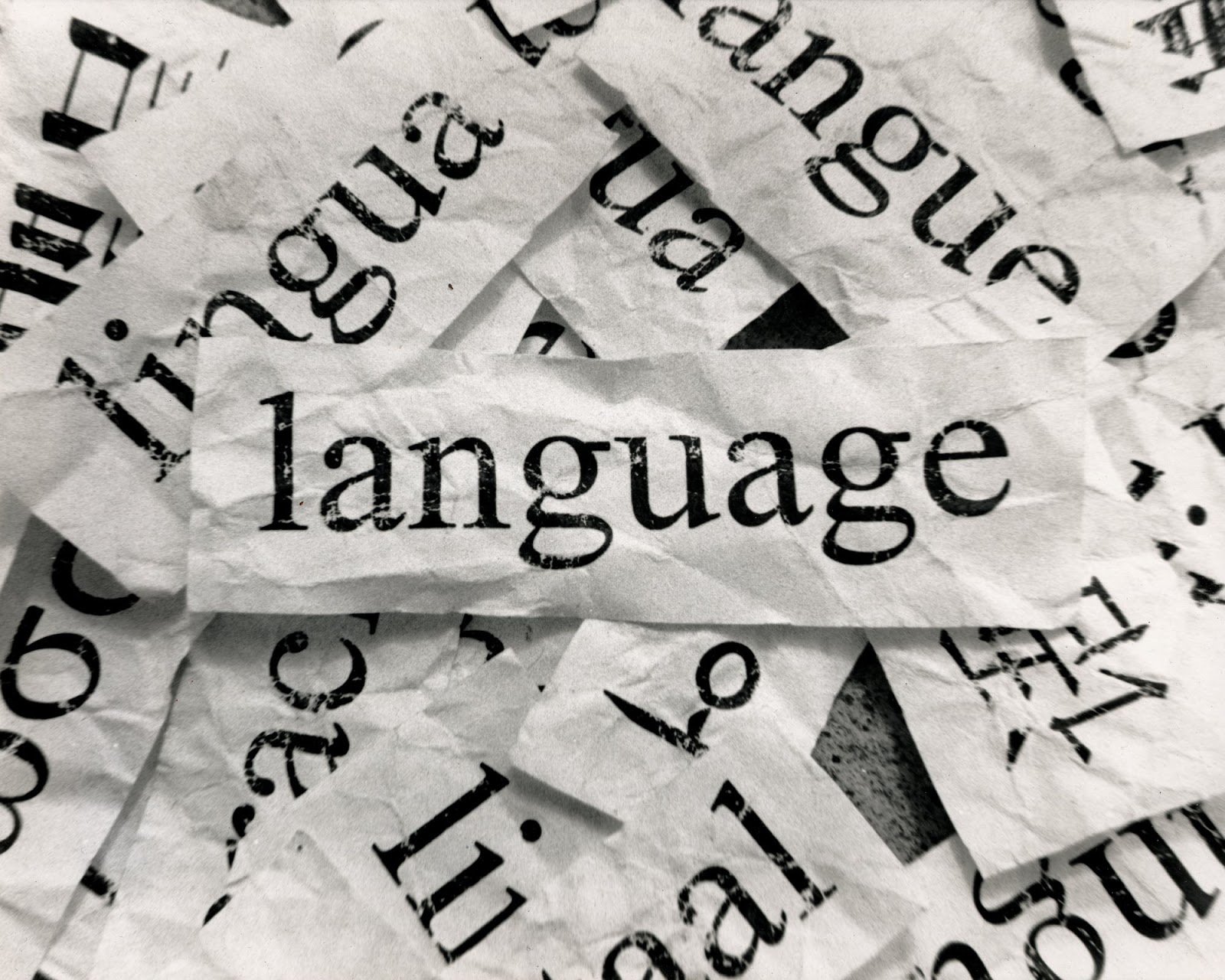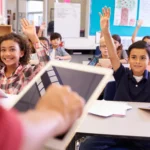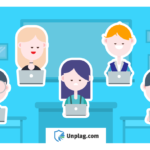Language Acquisition and Literacy The processes of literacy and language acquisition are intertwined and essential to the growth of cognitive abilities and communicative capabilities.

Language Acquisition
The natural process by which people pick up the ability to comprehend and use language is referred to as language acquisition. These fall into two primary categories:
First Language Acquisition refers to how kids pick up their mother tongue.
The process of acquiring a second language after one has become proficient in the first.
Stages
Babies repeatedly combine consonants and vowels.
One-Word Stage: Children start expressing their ideas with single words at the age of 12 months.
Telegraphic Speech: Children begin to utilize short, simple phrases that lack grammar to express meaning at the age of two to three.
sophisticated Sentences: Children employ increasingly sophisticated grammatical constructs as they get older.
Factors Influencing Acquisition
Environment: Interaction with classmates and caregivers provides exposure to language.
Social Interaction: Speaking with others helps you improve your language skills.
Cognitive Development: The understanding and production of language are influenced by cognitive capacities.
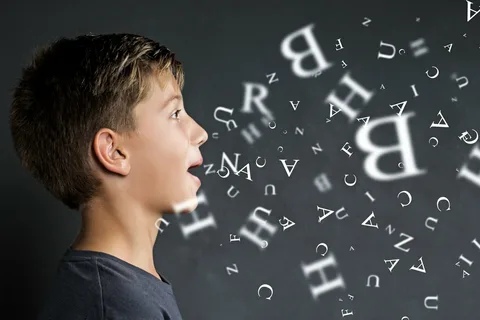
Literacy
Effective reading and writing skills are referred to as literacy. It includes abilities like critical thinking, understanding, and phonemic awareness.
Components
Reading: The capacity to decipher written language, comprehend its meaning, and evaluate data.
Writing: The capacity to communicate ideas and thoughts concisely in written form.
Understanding and evaluating texts is a necessary skill for learning and efficient communication.
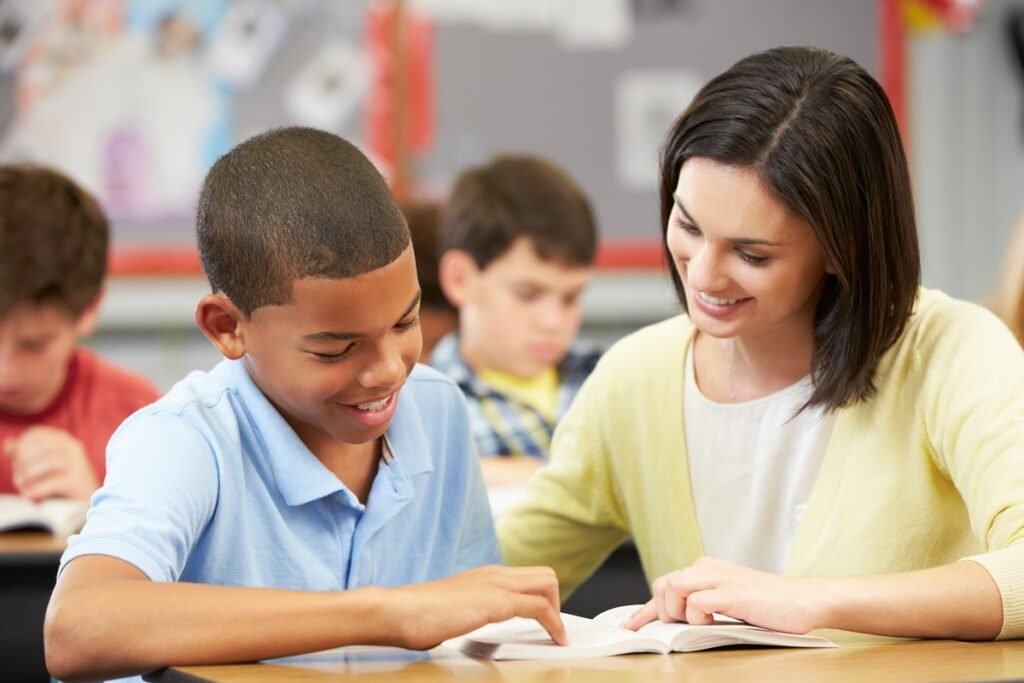
Stages of Literacy Development
Emergent literacy is the knowledge that print has meaning and comes from early exposure to language and books. Youngsters start to recognize words, letters, and short sentences. People may comprehend and produce increasingly complicated texts as their talents advance.
Relationship Between Language Acquisition and Literacy
Good language learning abilities lay the groundwork for the development of literacy. Grammar and vocabulary skills improve one’s capacity for writing and reading comprehension. Speaking and listening to stories, music, and dialogues improves one’s reading and linguistic abilities.
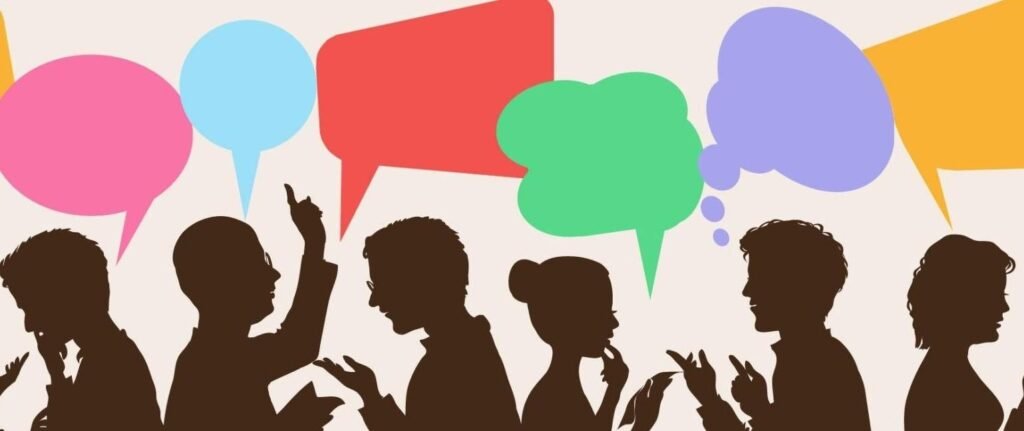
Strategies to Support Both Processes
Through reading aloud, storytelling, and discussion, offer a range of linguistic experiences. Encourage a love of reading by giving them access to a variety of books and resources. Provide a secure environment where kids can practice their reading and language abilities without worrying about making mistakes.
Conclusion
By creating a linguistically diverse atmosphere and involving kids in deep conversations Understanding the significance of these processes enables parents and teachers to design nurturing learning environments that foster cognitive development and lifelong communication skills.
FAQs
What is the difference between language acquisition and language learning?
The natural, subconscious process of picking up a language is called language acquisition, and it usually starts in early childhood.
At what age does language acquisition begin?
Language acquisition can begin as early as the first few months of life, once an infant starts to understand speech patterns and sounds. Typically, by the time they are one year old, babies begin to speak.
How can parents support language acquisition at home?
By having talks, reading aloud, singing, and offering a range of language-rich activities, parents can encourage language acquisition.
What role does vocabulary play in literacy development?
A child’s comprehension and expressive abilities in reading and writing improve with increasing word knowledge.
How does social interaction influence language acquisition?
Social connection gives language to youngsters and gives it context and meaning. Play and interactions with adults and peers promote the meaningful use of language.

